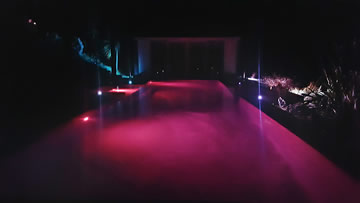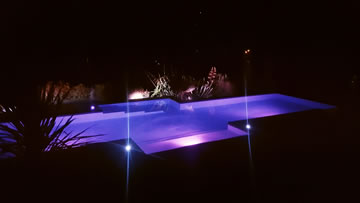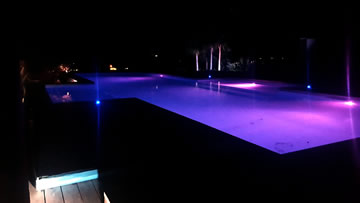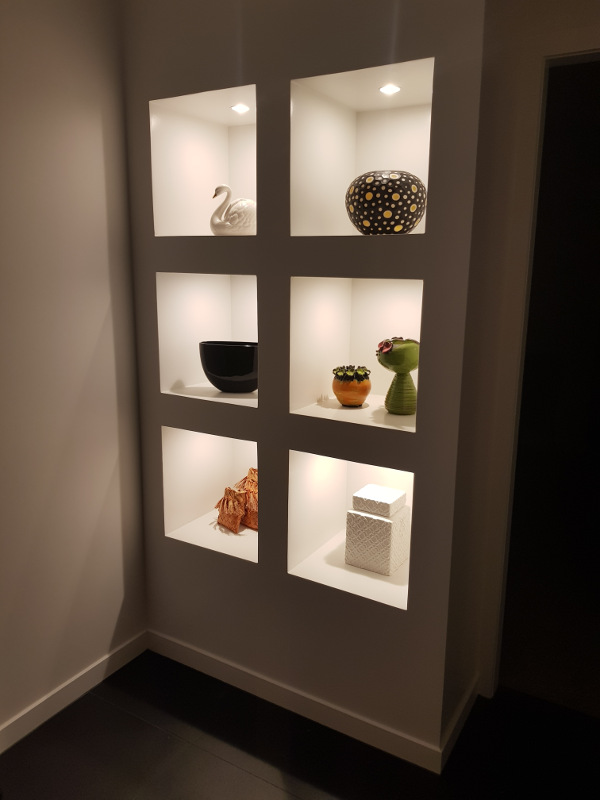LED Lighting
LED (Light Emitting Diodes) are the latest and most exciting technological advancement in the lighting industry.
LEDs are small, solid light bulbs which are extremely energy efficient and long lasting. LEDs operate differently than traditional incandescent light bulbs. This makes LEDs far more rugged and durable than traditional incandescent light bulbs.
LED technology also offers many additional advantages over incandescent, neon and compact fluorescent lighting devices – such as exceptionally longer life span (60,000 hours), enormously lower energy usage (90% more efficient), reduced maintenance costs and higher safety.
LEDs are currently being used for a wide variety of applications such as – residential lighting, aerospace, architectural lighting, automotive, aviation, broadcasting, electronic instrumentation, entertainment and gaming, industrial automation and controls, the military, traffic and safety and transportation.
We install LED Lighting Kapiti, Poirirua, Levin, Horowhenua, and Wellington wide.
Efficiency
LEDs are extremely energy efficient and consume up to 90% less power than incandescent bulbs. Since LEDs use only a fraction of the energy of an incandescent light bulb there is a dramatic decrease in power costs. Also, money and energy is saved in maintenance and replacement costs due to the long LED lifespan.
Longevity
LEDs have a lifespan of up to 60,000 hours compared to 1,500 hours for incandescent bulbs. Manufacturers and suppliers suggest an LED light will last over 7 years (constant use) before needing replacement. On average, LED bulbs last 10 times as long as compact fluorescent bulbs, and 133 times longer than typical incandescent bulbs. Long lifespan of LEDs will dramatically reduce maintenance costs and lower long-term operating costs compared to traditional incandescent and fluorescent tubes.
Durabilty
LEDs are solid state lighting devices that utilize semiconductor material instead of a filament or neon gas. An LED light is a tiny chip encapsulated in an epoxy resin enclosure, which makes LEDs far sturdier than traditional incandescent light bulbs or fluorescent tubes. Since LEDs don’t use fragile components such as glass and filaments, LEDs are able to withstand shock, vibration and extreme temperature.
Safety
Improved safety may be LED’s most important benefit.
LED lights generate virtually no heat therefore they are cool to the touch and can be left on for hours without incident or consequence if touched. LEDs reduce the potential for safety risks such as burns and fires.




